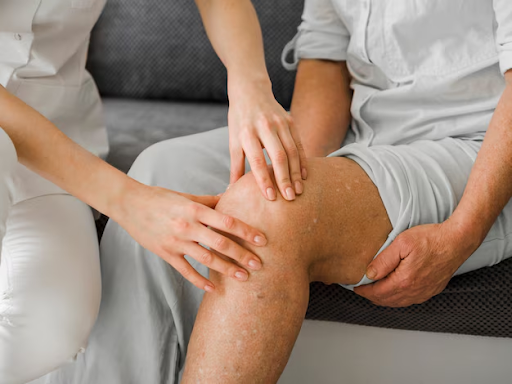Vein ablation, a minimally invasive procedure aimed at treating varicose veins and chronic venous insufficiency, has gained popularity as an effective, long-term solution for people suffering from vein-related issues. If you’re considering vein ablation, understanding how the procedure works, its benefits, and who it’s best suited for can help you decide if it’s the right option for you.
What is Vein Ablation?
Vein ablation, also known as endovenous ablation, involves closing off problematic veins using heat or chemical agents. This causes the vein to collapse and seal shut, redirecting blood flow to healthier veins. The body eventually reabsorbs the sealed vein, improving circulation and reducing symptoms like swelling, pain, and skin discoloration. There are two primary methods:
- Thermal Ablation: Uses heat generated by radiofrequency or laser energy to close the vein.
- Non-Thermal Ablation: Often involves injecting a sclerosing solution or using a specialized adhesive to seal the vein.
These methods are generally performed under local anesthesia, making them relatively painless, and they require minimal recovery time compared to traditional surgical vein stripping.
Benefits of Vein Ablation
Vein ablation offers several advantages, especially for people with symptomatic varicose veins or chronic venous insufficiency. Benefits include:
- Effective Symptom Relief: Vein ablation alleviates symptoms like leg pain, heaviness, swelling, and skin irritation, improving comfort and mobility.
- Minimal Downtime: Many patients can return to daily activities within 24 to 48 hours post-procedure.
- Less Invasive than Surgery: Unlike surgical treatments, vein ablation is non-invasive, resulting in less scarring and a lower risk of complications.
- Long-Term Results: Studies show that vein ablation has high success rates, with symptoms often significantly reduced for years after the procedure.
Is Vein Ablation Right for You?
Choosing vein ablation depends on your specific symptoms, vein health, and overall goals for treatment. Here are factors to consider:
- Symptoms and Impact: Vein ablation is ideal for those who experience pain, swelling, and discomfort due to varicose veins or chronic venous insufficiency. If your symptoms interfere with daily activities, vein ablation may provide significant relief.
- Extent of Vein Damage: While vein ablation effectively treats many cases of varicose veins, it may not be suitable for extensive vein damage. Severe cases might require a combination of treatments.
- Health and Lifestyle: Patients who are in generally good health and do not have conditions that impede healing, such as severe diabetes, are often good candidates. Additionally, those who can follow aftercare instructions like wearing compression stockings are more likely to benefit from the procedure.
- Aesthetic Goals: Vein ablation also offers cosmetic benefits. If varicose veins affect your confidence or you want smoother, more even-looking legs, this procedure may be an excellent option.
Who Should Avoid Vein Ablation?
While vein ablation is safe for most, it may not be suitable if you have certain conditions, such as:
- Active Infections: Any infection, particularly in the area to be treated, must be addressed first.
- Clotting Disorders: Patients with certain clotting conditions might be at a higher risk during the procedure.
- Pregnancy: It’s typically recommended to delay vein treatments until after pregnancy, as hormones can exacerbate vein issues.
What to Expect During and After the Procedure
Vein ablation is typically performed in an outpatient setting. The process includes:
- Preparation: The area is cleaned, and a local anesthetic is applied. Using ultrasound guidance, the surgeon inserts a thin catheter into the vein.
- Ablation: The ablation method (thermal or non-thermal) is then applied through the catheter, closing the vein. This typically takes about 30 to 60 minutes.
- Aftercare: After the procedure, you may be advised to wear compression stockings for one to two weeks to support proper blood flow and healing. You might experience mild discomfort, bruising, or swelling, but these symptoms usually subside within a few days.
Potential Risks and Side Effects
As with any procedure, there are some potential risks with vein ablation, although they are generally rare. These include:
- Bruising or Skin Discoloration: Often temporary but can last several weeks.
- Nerve Injury: In rare cases, thermal ablation may affect nearby nerves.
- Recurrence: Although vein ablation has high success rates, some patients may experience a recurrence of varicose veins over time.
Conclusion
Vein ablation is a safe, effective, and minimally invasive option for treating varicose veins and chronic venous insufficiency. If you’re struggling with symptoms that impact your daily life, vein ablation could provide relief and a smoother, healthier appearance. However, it’s essential to consult a vein specialist to discuss your specific condition, goals, and whether this treatment aligns with your health profile.e tips, you can say goodbye to lifter’s elbow and get back to your workouts stronger than ever.








